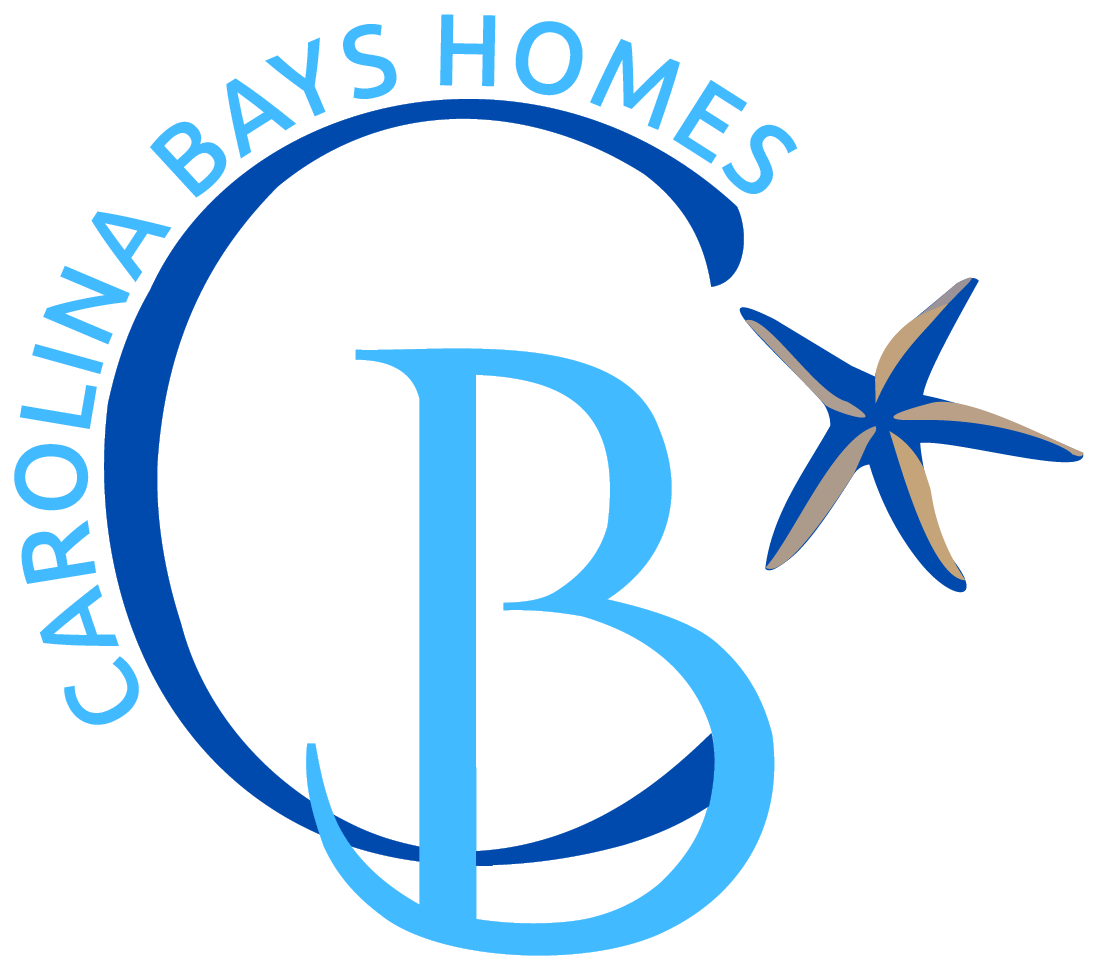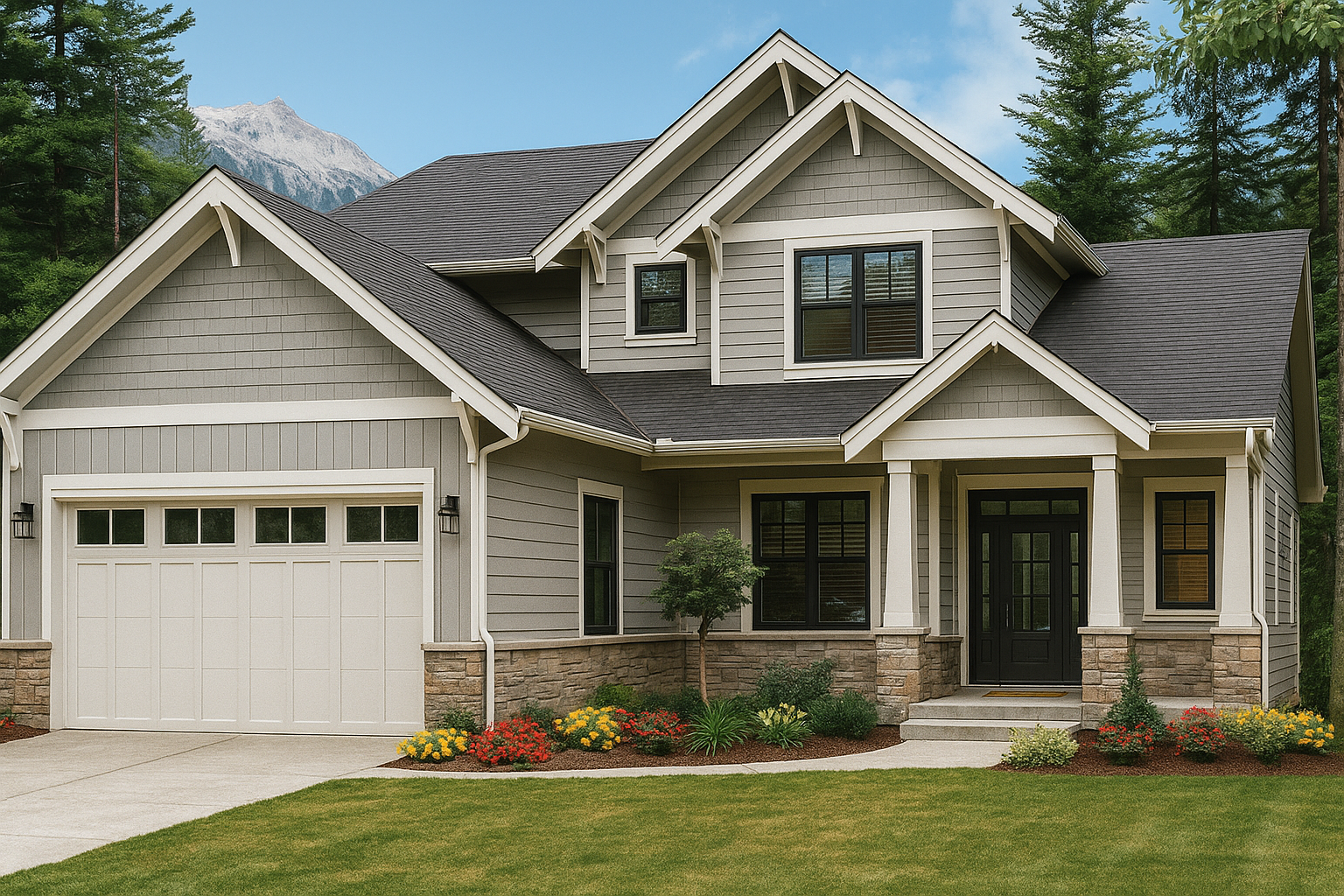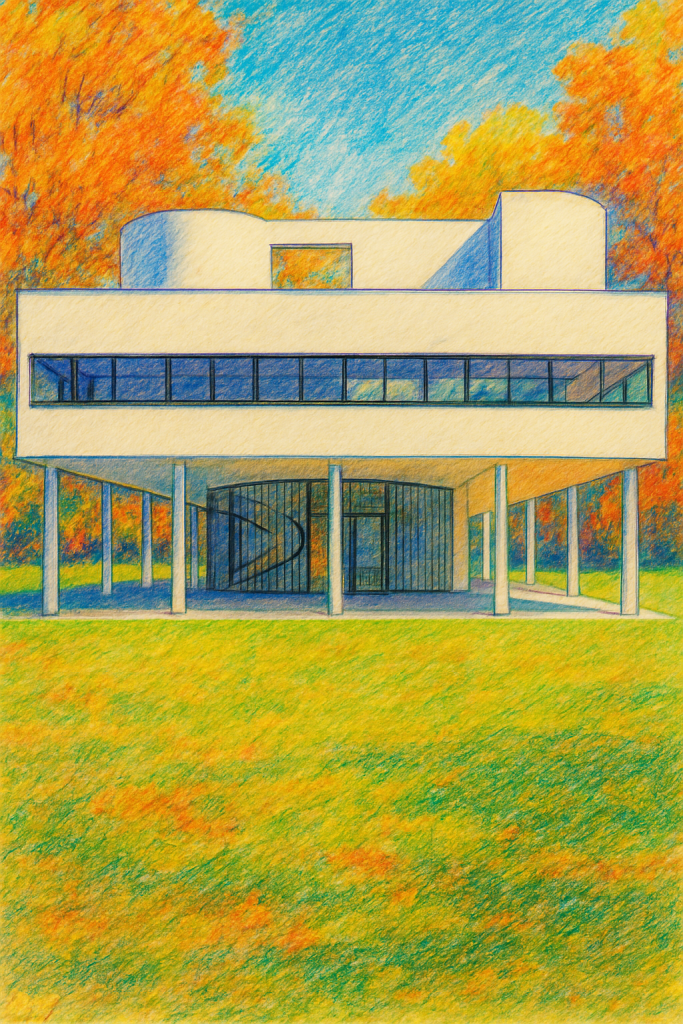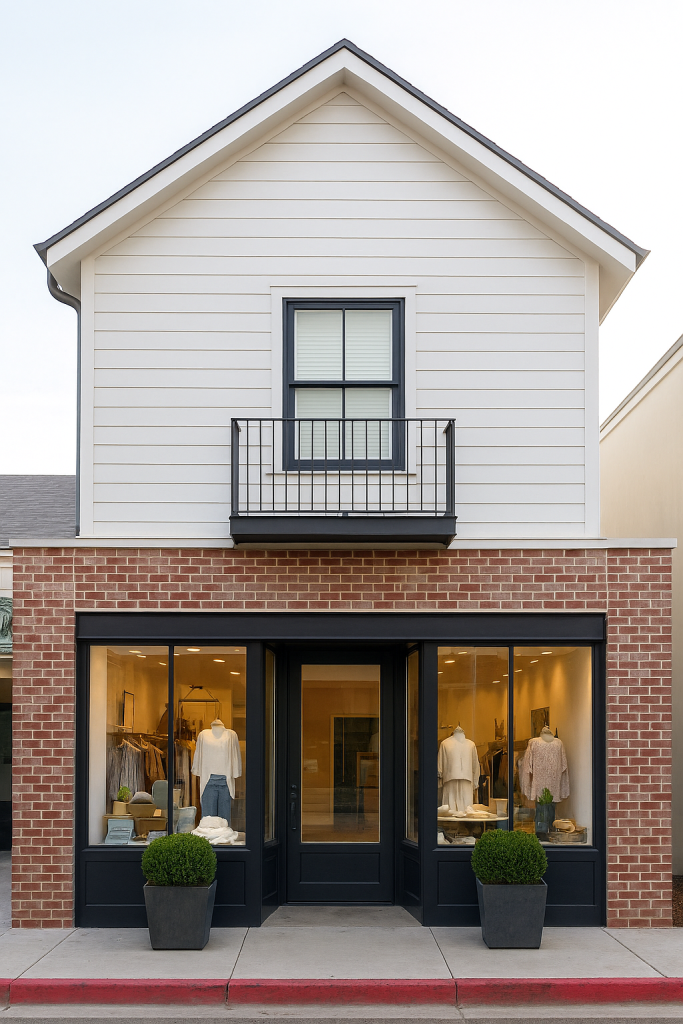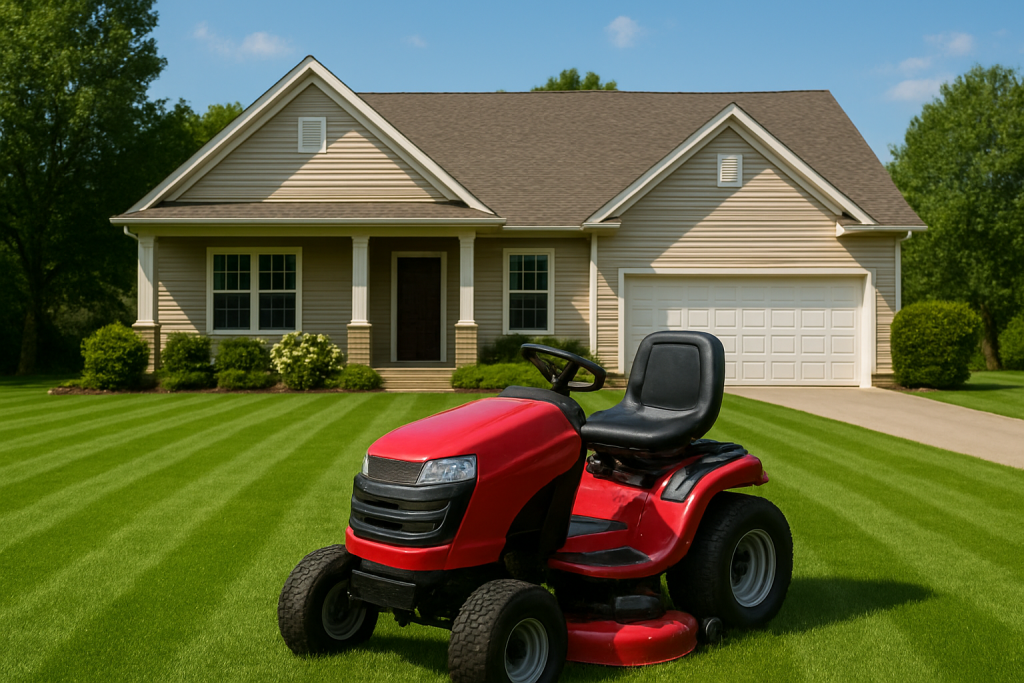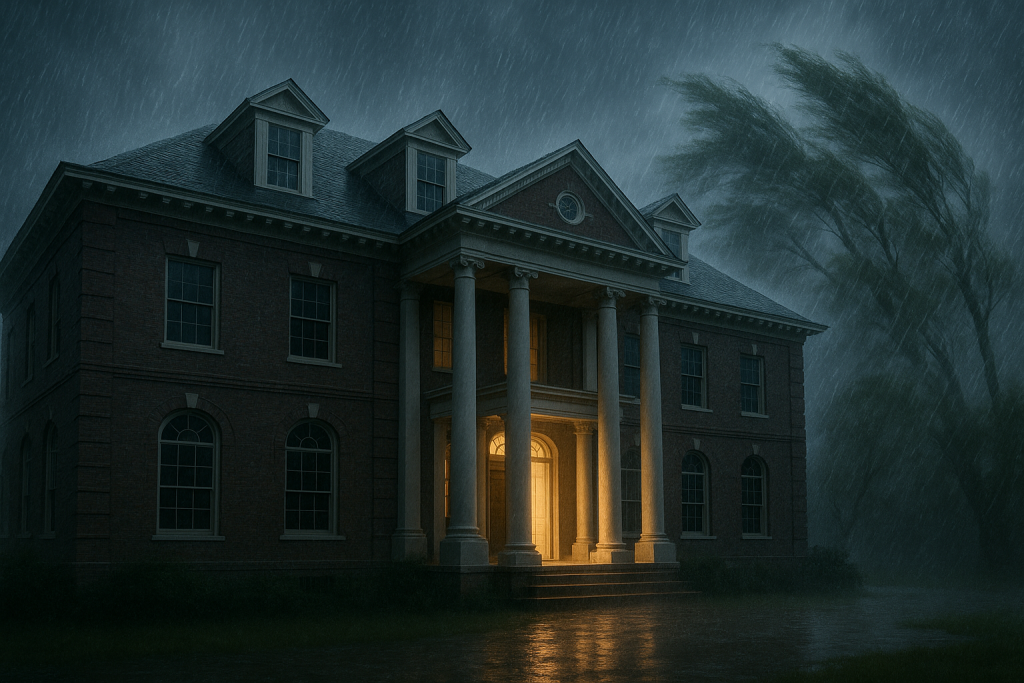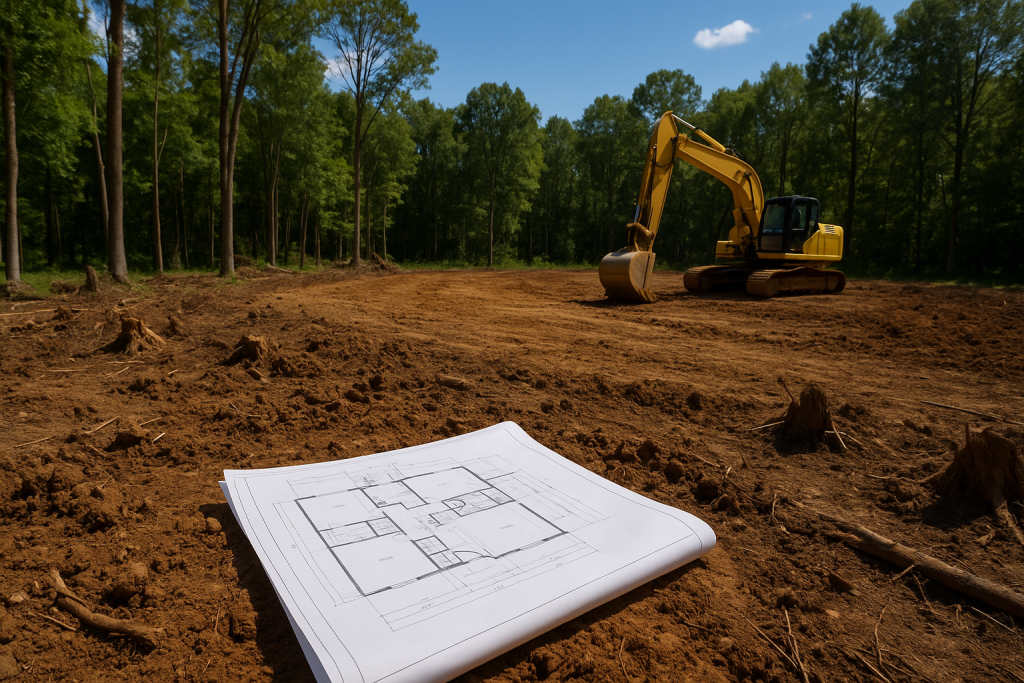How to Keep the Price Per Square Foot Down in a Custom Home Build Without Sacrificing Quality
The other day, we had a potential customer that wanted to build a custom home in Myrtle Beach reach out to us about building a nice home with an attractive price per square foot to maximize their investment in building an investment home to sell. When building a custom home, most homeowners want two things: premium quality and affordable cost per square foot. Striking that balance can be challenging, but with smart design choices and proper planning, you can reduce construction costs while still creating a beautiful, energy-efficient, and well-built home.
Below are proven strategies to keep the cost per square foot down without compromising the quality or appeal of your new home.
1. Optimize Your Home’s Floor Plan
One of the biggest drivers of construction costs is the layout and footprint of the home. Instead of expanding square footage, focus on efficient design.
- Choose an open-concept layout that feels larger without adding extra square footage.
- Eliminate unnecessary hallways and corners that increase framing and drywall costs.
- Keep the footprint rectangular or square—simple shapes are more cost-efficient to build.
A professional architectural designer or design-build contractor can help you maximize function and flow within a smaller footprint.
2. Build Up, Not Out
Adding square footage vertically instead of horizontally saves money on foundation and roofing costs.
- A two-story home typically costs 10–20% less per square foot than a sprawling one-story home of the same size.
- You’ll use less land and materials while keeping the same living area.
3. Choose Cost-Effective, Durable Materials
You don’t need the most expensive materials to achieve a high-end look.
- Use engineered hardwood or luxury vinyl plank instead of solid hardwood.
- Choose quartz countertops over marble—they’re beautiful, durable, and lower maintenance.
- Opt for fiber cement siding instead of brick for a similar look at a lower cost.
Work with your builder to find value-engineered materials that provide long-term performance and visual appeal.
4. Simplify Rooflines and Structural Features
Complex roof designs with multiple peaks, valleys, and dormers can drive up framing and labor costs.
- Stick to a straightforward roofline with minimal breaks.
- Avoid unnecessary structural complexity such as curved walls or custom trusses unless they serve a functional purpose.
A clean, modern roofline can actually enhance curb appeal while lowering construction costs.
5. Focus on Energy Efficiency Up Front
Investing in energy-efficient systems can reduce long-term operating costs without a major increase in upfront expenses.
- Use spray foam or blown-in insulation for better thermal performance.
- Choose Energy Star-rated windows and appliances.
- Install a high-efficiency HVAC system with programmable smart thermostats.
These choices often qualify for energy rebates and increase resale value—both of which offset initial costs.
6. Standardize Where Possible
While custom homes are known for personalization, every customization adds cost.
- Stick with standard cabinet sizes, door dimensions, and window packages.
- Use stock trim profiles and paint colors for cost consistency.
- Select finishes from your builder’s preferred vendor list to take advantage of volume discounts.
This keeps the price per square foot predictable and avoids costly change orders.
7. Plan for the Future
You don’t have to do everything on day one.
- Leave unfinished spaces such as a bonus room or basement that can be completed later.
- Rough-in plumbing and electrical where possible to make future expansions easier and less expensive.
This lets you stay within budget now without limiting future possibilities.
8. Choose the Right Builder
Perhaps the most important factor in keeping your home’s cost per square foot reasonable is selecting an experienced custom home builder with strong vendor relationships and transparent pricing.
- Look for a builder who uses fixed-price contracts and provides detailed estimates.
- Ask for examples of builds that balanced affordability and quality.
The right builder can help you value-engineer your project—maintaining quality where it matters most while reducing unnecessary expenses.
Final Thoughts
Building a custom home on a budget doesn’t mean settling for less. By using smart design principles, efficient layouts, and quality materials, you can keep your construction cost per square foot competitive while achieving the comfort, beauty, and performance you want.
If you’re beginning your custom home design or new home construction journey, start by meeting with a Carolina Bays Home rep who can guide you through design efficiency, material selection, and cost-saving opportunities—so your dream home stays both stunning and affordable. For more information on building, contact us here.
